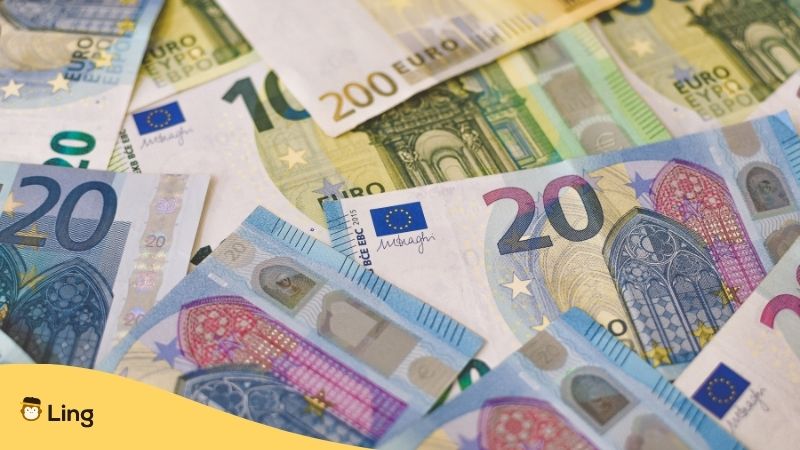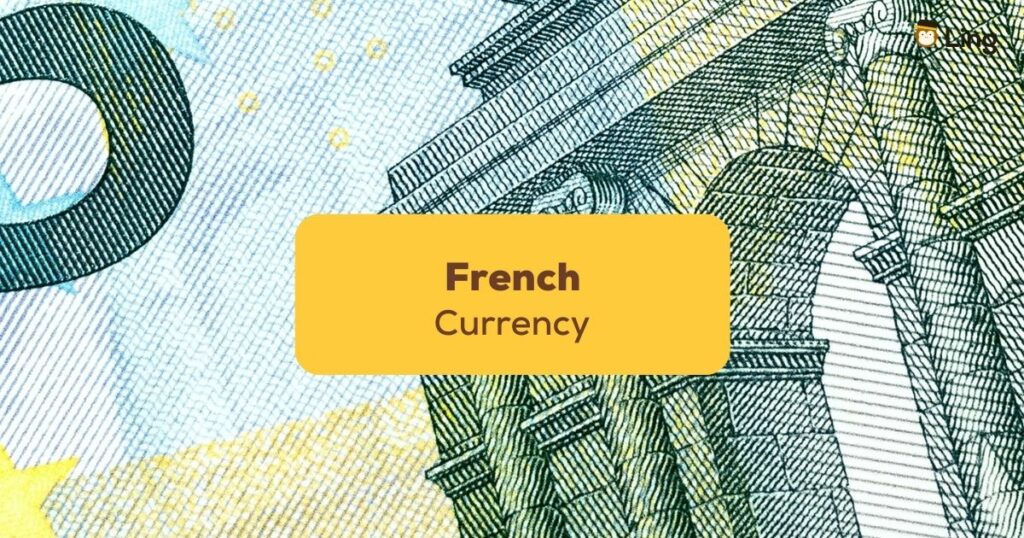Planning to travel to France? Knowing the basic words and the history behind the money they use in the country can take you far. From ancient times to the present day, the French currency has undergone a series of fascinating changes that reflect the country’s cultural and economic evolution. Interested to learn more about it? Let’s get started!
Learning about French currency is an essential aspect of French language learning, as it provides a practical understanding of French culture and daily life. It’s crucial for language learners to familiarize themselves with the names and values of French currency, as well as the ways in which it’s used in daily transactions, such as shopping, dining out, and traveling.
Additionally, understanding the history and evolution of French currency can provide insights into the country’s economic development, political history, and cultural traditions. By learning about French currency, language learners can enhance their language proficiency and develop a deeper appreciation for French culture and society.
History Of The French Currency
The First French Currency
The earliest French currency dates back to the Celtic period when coins were minted in various regions of France. These coins were often made of bronze, silver, or gold and were inscribed with symbols that were meaningful to the Celts. During the Roman era, the currency in France was based on the denarius, which was a silver coin used throughout the Roman Empire. After the fall of the Roman Empire, various kingdoms and territories emerged in France, each with its own currency.
The Middle Ages
In the Middle Ages, the currency of France was mostly based on silver coins known as deniers. These coins were often small and had a low value, but they were widely used for everyday transactions. Larger denominations of coins, known as gros, were also used, but these were more often used for larger transactions such as land purchases.
During the 14th and 15th centuries, the French currency underwent significant changes. The introduction of the franc in 1360, which was originally a gold coin worth one livre tournois, marked a major change in the French currency system. The coin was introduced to pay the ransom being demanded from the French King John II. The coin featured the image of John on a horse and was thus referred to as franc à cheval, or “free on a horse.”
Under his son Charles V, the coin was cast with the figure of the king standing beneath a canopy and was referred to as franc à pied. The franc was widely used for trade and commerce, and its popularity led to its adoption by other European countries.
The 15th century saw the Great Bullion Famine under Louis XI, and the precious metal used in Livre Parisis was reduced, and thus the value of the coin was also reduced. By the end of the century, French currency was becoming much more centralized, and competing currency systems throughout the country were being discontinued.

The Modern Era
The French Revolution, which began in 1789, brought significant changes to the French currency system. In 1795, the franc was redefined as a silver coin and was used as the standard currency throughout France. The French government also introduced paper money, known as assignats, which were used so the gold and silver used for the coins could be used to finance the French Revolutionary Wars. In 1799 the franc became the official currency of France.
In 1800, the Banque de France was established, and In 1803, the French government introduced the franc germinal, which was based on the metric system and had a fixed value in relation to gold. The introduction of the French franc marked the beginning of the modern French currency system, which has remained relatively stable ever since.
During World War II, France was occupied by Germany, and the French franc was replaced by the German Mark. After the war, the French government introduced a new currency, the new franc, which was used until 1960.
In 1960, the new franc was replaced by the franc. The French franc remained in use until January 2002, when France joined the European Union and the adoption of the euro as its official currency.

The Euro
Today, the euro is the official currency of France and is used throughout the countries of the European Union. The euro was introduced in 1999 as an electronic currency and was adopted as a physical currency in 2002. The euro is used in all transactions within the European Union, including buying goods and services, traveling, and banking.
The history of French currency is a long and fascinating one, spanning thousands of years. From the early Celtic coins to the modern euro, the French currency has undergone many changes and developments.
Top French Money Tips For When You Visit
Whether you are planning to spend your time sunning yourself on the beaches of the French Riviera or shopping in Paris, here are some tips on how to take care of your money when traveling in France:
- Take a credit card for those large expenses and a debit card or travel card for the smaller ones and to make withdrawals. It is also a good idea to have some cash handy as some smaller retailers may have a minimum spending amount when you use a card.
- ATMs are everywhere in France, so you will not have to carry a wodge of Euros with you wherever you go.
- Don’t use traveler’s cheques. They are inconvenient and expensive.
- The euro is a very stable currency, so you don’t have to keep checking the exchange rate.
Useful French Currency Vocab
Learn More French With Ling
Learning French currency words makes life easier when traveling around the country, and the Ling app makes getting to grips with a new language easy. Having the Ling app always with you on your mobile means you can learn when and where is convenient for you. It also has more than 60 languages to choose from and fun lessons, quizzes, and games to make the whole process less arduous. Why not give the Ling app a try today by visiting Google Play or App Store?
































